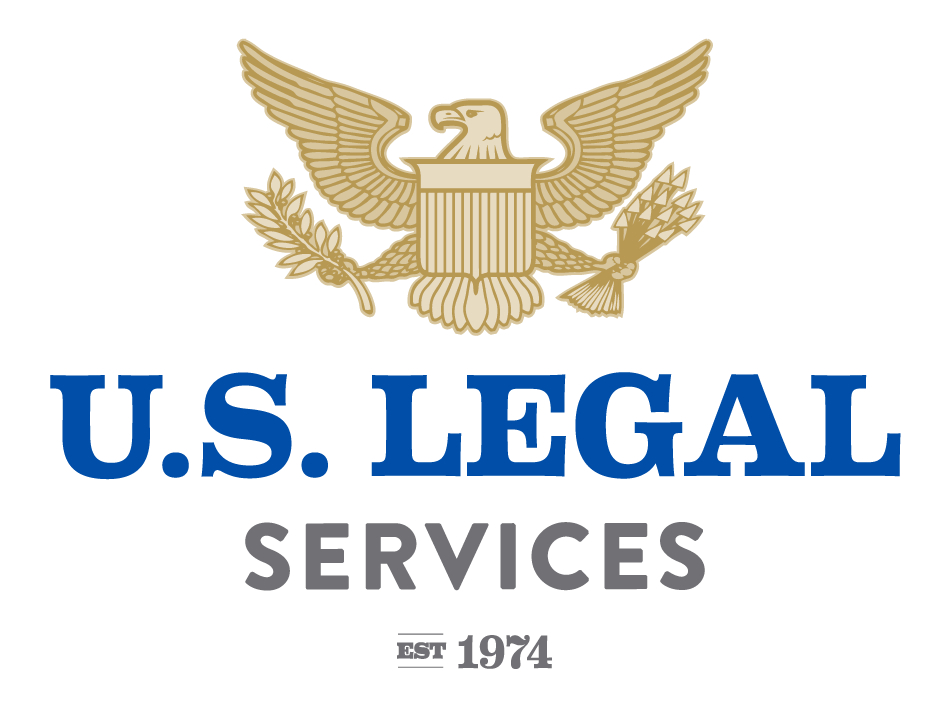
5 Breakthrough Benefits Trends to Try Out in 2025
With 2024 behind us, HR professionals are examining their benefits for the year ahead. Financial uncertainty marked most of 2024, leading to a shift in employee priorities. So, to meet transforming demands, employers may need to adapt their benefits.
One common theme emerging from this year’s insights is personalization. Employees want benefits to address specific challenges. That may mean things like building retirement savings or managing unexpected medical costs. This year, Retirement plans and paid leave are in high demand. Financial wellness also continues to be a top priority.
Here are the most important benefits your company needs to stand out to top talent in 2025.
1. Embrace financial wellness to support overall well-being
Financial stress remains a concern for employees across industries, income brackets and generations. The stress is due to many factors, including an increased cost of living . According to CNBC, rising expenses have made major financial milestones. Retiring, buying a home or car and getting married may be unattainable for many Americans.
Financial wellness programs can help employees reduce their stress and improve productivity. These programs offer personalized support and resources. Employees at every stage of life and income can meet their needs.
Roughly 70% of companies offer or plan to offer financial wellness programs next year, according to a recent Mercer survey . This trend highlights the growing importance of financial wellness initiatives in the workplace.
2. Focus on personalized benefits in a diverse market
Personalized benefits are essential for helping employees thrive. Each employee faces unique challenges shaped by age, experience and financial background. A well-designed benefits package should address these diverse needs. This support will look different for different employees. College graduates may need student debt help while seasoned professionals need retirement guidance. Employees are less likely to leave their jobs when their benefits align with their needs.
As technology advances, personalized benefits will evolve to address employees’ specific challenges. In SHRM’s 2024 Employee Benefits Survey, specialized topics like menopause benefits, gender-affirming care and lifestyle savings accounts took center stage. Even as new benefits appear, fundamental benefits goals stay the same. Benefits will aim to make people’s lives more manageable.
3. Keep inclusive health benefits a top priority
Healthcare costs continue to weigh on employees’ minds in 2025. In a report by the Commonwealth Fund, around half of respondents received unexpected medical bills. These financial surprises can strain employee finances, especially for those without adequate savings.
Employers are prioritizing more affordable healthcare options in response to this demand. According to Mercer’s Survey on Health and Benefits Strategies for 2025, about two-thirds of large employers said that “improving healthcare affordability” is a priority. One method of support includes offering health plans with affordable deductibles. Forty percent of large employers plan to provide low- or no-deductible options to manage medical expenses.
4. Don’t leave retirement support for the last minute
In SHRM’s Employee Benefits survey , more than 80% of employers said that retirement benefits were “very” or “extremely” important.
The average employer matches 6% of an employee’s contributions to 401(k) plans. Despite this, planning for retirement remains a significant source of stress for workers.
According to a 2024 PlanAdviser survey, about half of employees claimed retirement was a major financial stress. Luckily, another 62% of employees cited retirement plans as the biggest contributor to security. This marks a notable increase from 56% in 2023.
Other solutions include tax-advantaged health savings accounts and student loan help.
5. Stay flexible to improve your team’s productivity
Flexibility in benefits packages includes remote/hybrid and traditional schedules. In March of 2024 , 11% of private industry workers had customizable benefits packages. These benefits allowed them to tailor offerings to their needs. Interest in paid leave has also grown by about 15% since 2022, according to Plan Adviser . Remote and hybrid work are both still a popular option for employers and employees. According to The US Bureau of Labor Statistics , productivity increased across 61 industries when employees switched to remote work. Research from Forbes also found that 98% of employees want remote work options. This is an estimated 32.6 million more employees expected to work remotely by 2025.
Creating an environment that maximizes productivity is essential to success. Flexible compensation not only improves employee satisfaction but also boosts retention.
Improve your benefits offerings with U.S. Legal Services and Best Money Moves.
U.S. Legal Services has partnered with Best Money Moves to offer award-winning financial education. Best Money Moves is a financial wellness platform to help people of all ages manage their money. With interactive tools and a digital-first platform, Best Money Moves offers comprehensive resources. The program is customizable to individual user experiences. There’s something for every employee – regardless of age or financial background.
Learn more about how U.S. Legal Services can support your team. Contact us online or call 1.800.356.LAWS or visit www.uslegalservices.net for a quote.



